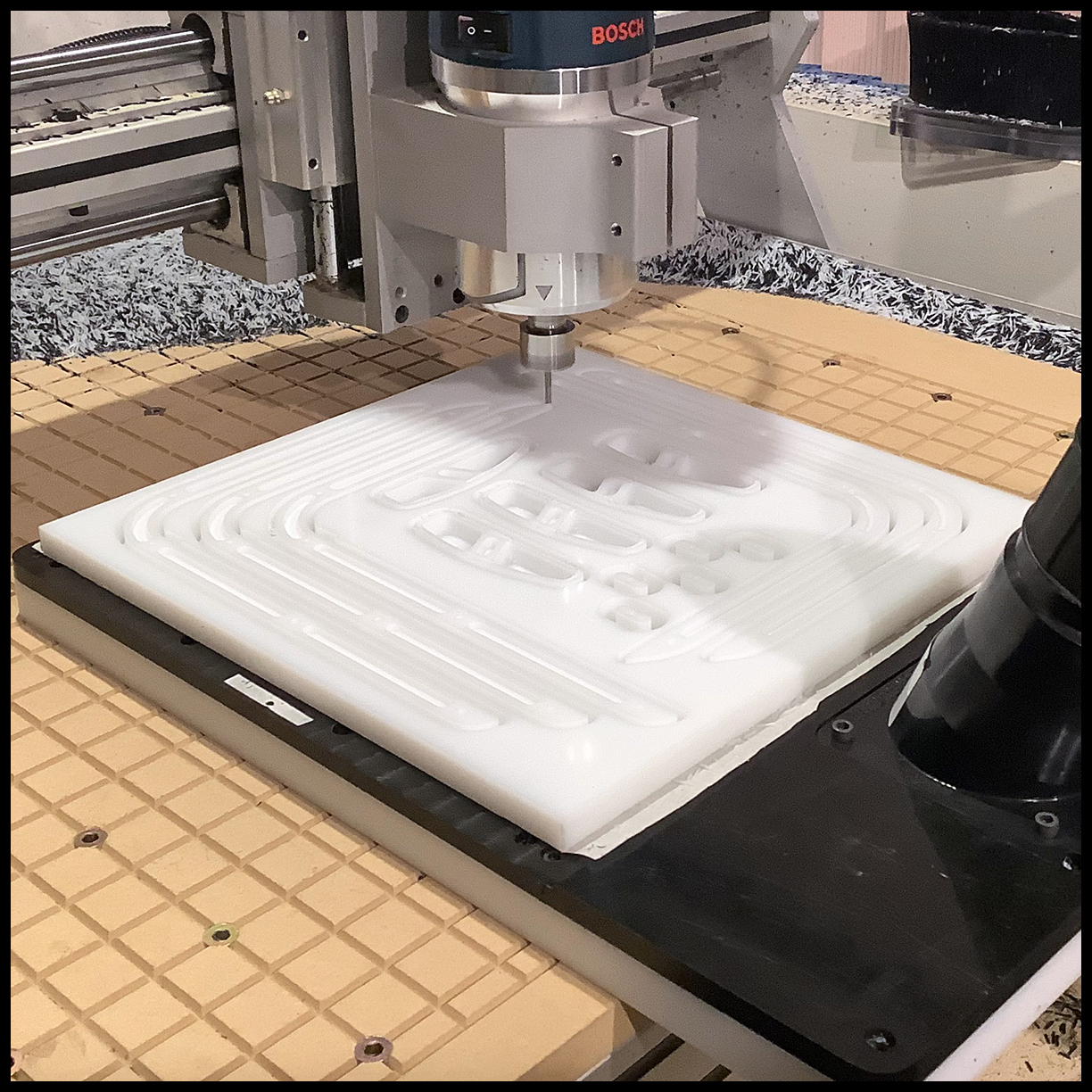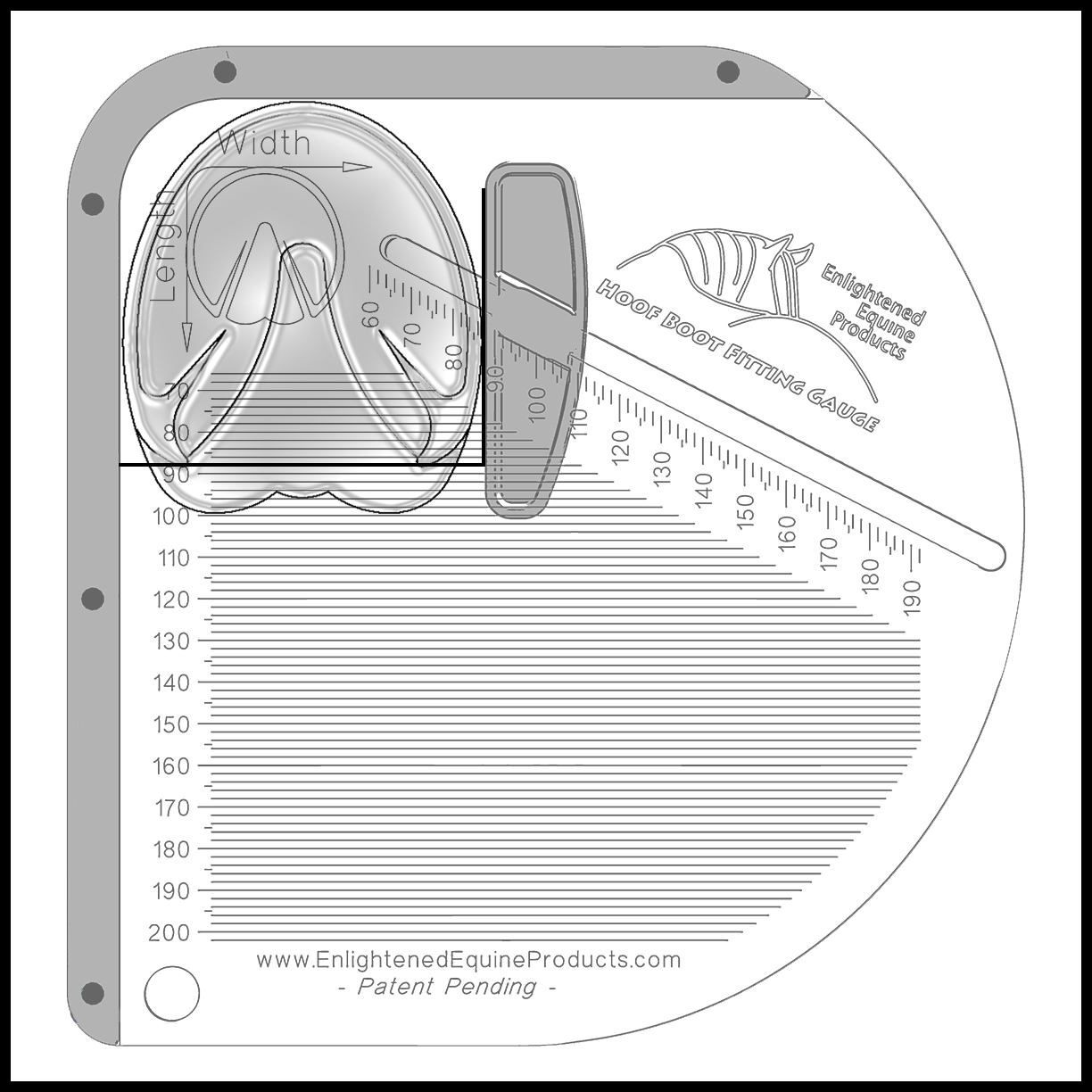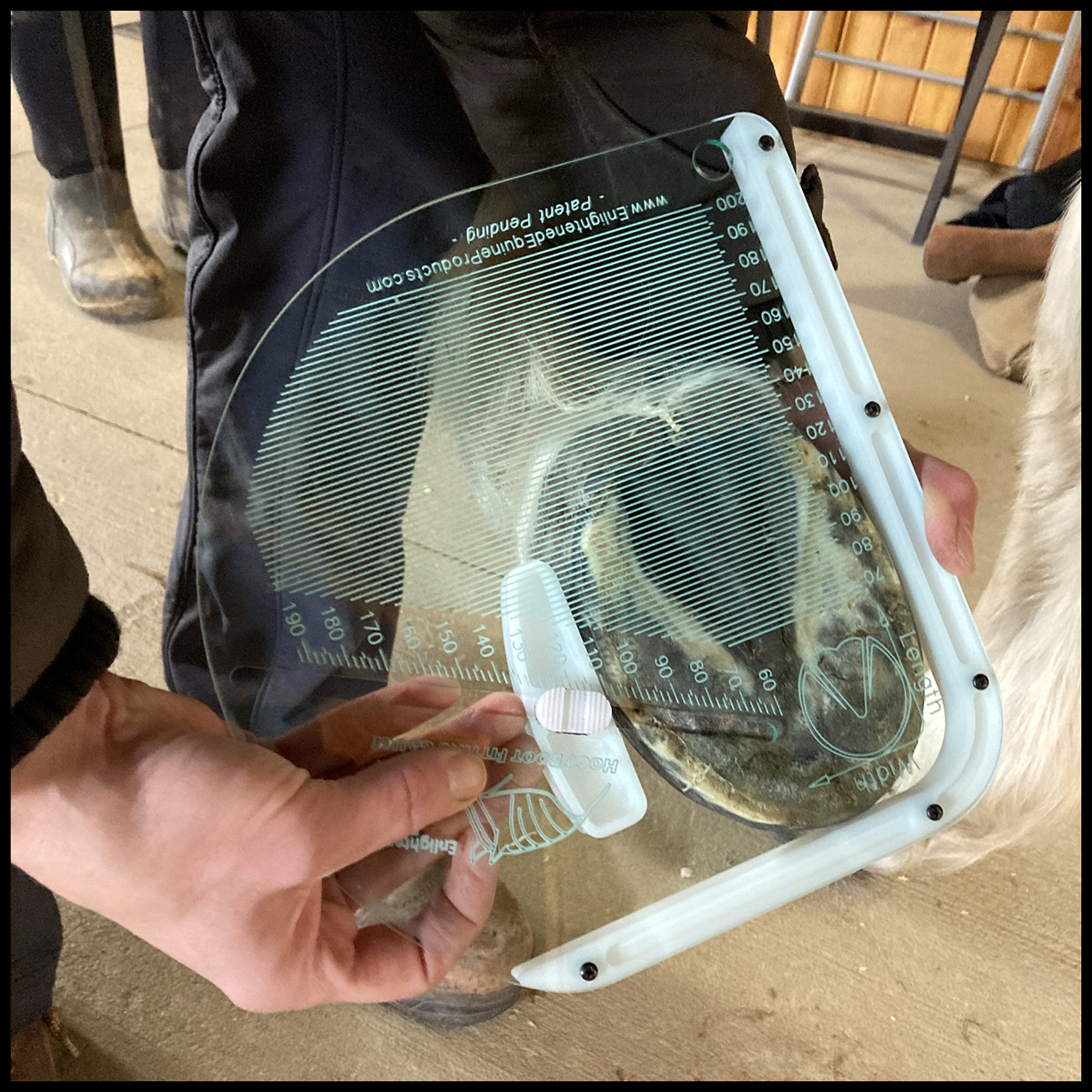Pardon my absence! Before I get into the substance of this Post, let me first say that it’s been a very busy few months here and I sincerely apologize for not updating the website before now. COVID-19 really has impacted us all; in our case, it’s meant the postponement or cancellation of several scheduled clinics and other presenting opportunities (including Liberated Horsemanship clinics and, in my wife‘s case, Straightness Training clinics and in-person lessons), and made it highly impractical if not impossible for us to visit family and friends in Austria.
Nevertheless, Liberated Horsemanship held an extremely well-attended (albeit domestic participants only) and successful Gateway Clinic in late September at the White Stallion Ranch in Tucson, Arizona. It turned out to be the perfect place to hold our clinics – so much so that we’ve scheduled three more clinics there for next year. Two of the clinics are planned to be exclusively for veterinarians and animal chiropractic doctors, which came about because of my involvement with the American Veterinary Chiropractic Association over the last couple of years. The third clinic will be a Liberated Horsemanship Gateway Clinic (our introductory hoof care clinic), which (because of COVID-19 travel restrictions) will almost certainly be our only hoof care clinic in 2022, and there’s also the possibility of having another clinic or two targeted exclusively at zoo hoofstock personnel. More busy times ahead!
And if that weren’t enough, I’ve been working on a bunch of new product designs – three of which are the subject of this Post. So read on…
If you’ve ever attempted to take accurate hoof measurements for selecting and fitting hoof boots, you’ve no doubt experienced how annoying it can be! And for us hoof care providers who furnish this as a service for clients on a not-infrequent basis, it can be both time-consuming and exasperating – particularly when the boots end up not fitting because of measurement errors. Fumbling around with a tape measure or ruler, trying to take the “mustang roll” into account, and accurately measuring from the toe through the center of the foot to that imaginary line at the back of the heel buttresses are all challenging enough. But throw in a fidgety horse, and it’s a guaranteed recipe for complete frustration!
Enter my new Hoof Boot Fitting Gauge. Fast, easy-to-use, and accurate, this product has been a long time in coming, and it’s finally here!
The obvious need for such a product came to me in 2006 while I was attending a boot fitting clinic with Richard Drewry, the U.S. distributor of Swiss Horse Boots and then-Booting Clinic Instructor with the AANHCP (now with Liberated Horsemanship). I’d spent much of my engineering career coming up with better ways to make various sorts of measurements – physical, electrical, and acoustical – and it was clear to me there had to be a superior way to measure hooves that didn’t involve struggling with tape measures. That need was only reinforced when I began making measurements on actual horses.
So I began making sketches of various possible approaches, including some that proved to be completely impractical. It needed to be something I could manufacture myself in my existing shop, and the design had to be tolerant of the fairly large thickness variations in polymer sheet material. One particular problem was coming up with a way to implement a moveable slider for width measurements that didn’t require multiple mounting points in the scale plate, which meant it had to be short enough to move freely in a single slot without binding and still cover the entire required measurement range. After some unsuccessful attempts, I finally worked it out by placing a much shorter slider on an angle so the shorter length could “track” the widest part of the hoof. Problem solved!
Developing a suitable marking method for the 1/8″-thick poly methyl methacrylate i.e. acrylic scale plate was also a bit of a challenge. I initially tested a high-end color printer that would print directly on the scale plate, but the cost was too high and the durability was questionable. I then tried rotary engraving, which is a very accurate and durable marking method, but proved to be very slow on my existing equipment. Finally, I settled on laser engraving, which also allowed me to cut out the plate at the same time, yielding very durable engraving and a smooth, polished edge on the shatter-resistant, transparent plate.
Because the two pieces that compromise the slider assembly are reasonably complicated and need to fit together in a precise manner, I’d originally pursued casting the parts out of rigid polyurethane. But the casting process proved to be too messy and time-consuming for producing reasonable quantities, so I redesigned the pieces to be machined instead, which meant I could manufacture them at a much higher rate and at a more reasonable price. The side/toe stop and two slider pieces are therefore CNC (computer-numerical control) machined from 1/2″-thick high-density polyethylene (HDPE) sheet. This abrasion-resistant material is quite durable over a wide temperature range, and, most importantly in this application, the 1/2″ thickness is tall enough to capture the true length and width of the hoof regardless of the degree of “mustang roll” on the outer wall edge – hence, a very accurate measurement.
Using the gauge is incredibly easy, as the following drawing shows. With the hoof in the air and supported by one hand, the other hand positions the gauge on the bottom of the foot with the toe and side against the stop and the heels “squared up” with the horizontal markings. The true length of the hoof can now be read directly on the scale plate. Now slide the slider gently against the side of the hoof, and read the hoof width on the angled scale on the scale plate. That’s it!
And here are a couple of other handy tips to make taking measurements even simpler:
- For very light-colored hooves, use a black permanent marker e.g. Sharpie to darken the bottoms of the heel buttresses for more contrast while measuring
- If you’re making the measurements by yourself, use a dry erase marker to take notes directly on the scale plate until you can write them down
Finally completing the design and manufacturing processes of the Hoof Boot Fitting Gauge led me to rewrite a program I created a few years ago that calculated boot fit across manufacturers so I didn’t have to keep flipping through several websites to find which models from each manufacturer would fit a given hoof. The rewritten version, called the “Hoof Boot Fitting Calculator,” is web-based and works equally well on any device – laptop, tablet, or smart phone. You simply enter the hoof measurements on the form on the web page, and the program automatically returns a list of boot models and sizes that’ll fit the hoof from among all of the models offered by six leading boot manufacturers (Cavallo, EasyCare, Equine Fusion, EVO, Renegade, and Scoot Boot). There’s also a link to a web page with direct links to all of the manufacturers, and you can even email the measurements and results to yourself and/or your client. This makes it possible to measure for, fit, and order boots in the field all in a matter of a few minutes!
One of the boot companies included in the Hoof Boot Fitting Calculator – Scoot Boots – has determined that a proper boot fit for their products also requires that the hairline of the hoof, as viewed from the side, be at an angle between 22° and 30° with respect to the ground. To that end, I’ve created another simple product I call the Hairline Angle Gauge to make it easy to quickly verify that the hairline angle of a given hoof is acceptable. You can also verify the hairline angle with a cutout paper template included with the Hoof Boot Fitting Gauge, although it obviously isn’t as convenient as using the Hairline Angle Gauge.
Unfortunately, with all of the time spent on these various projects, I have yet to complete my new Enlightened Equine Products website. But for now, you can order all three of the above-mentioned products here.
I truly hope you find these products useful! More to come…






